French Colonial Saigon: Walking Through the City’s Historic Landmarks
Ho Chi Minh City, still lovingly called Saigon by locals, is not only Vietnam’s modern business hub but also a city with a fascinating colonial past. The French left a lasting architectural and cultural footprint here during their rule in the late 19th and early 20th centuries. Walking through Saigon today, you can still find elegant churches, government buildings, villas, and theaters that showcase French design. Exploring these landmarks offers travelers a unique chance to step back in time while discovering the city’s charm.
Table of contents:
1. Iconic French Colonial Landmarks in Saigon
Saigon Notre-Dame Cathedral of Saigon
Built between 1877 and 1880 with red bricks imported from Marseille, this cathedral is one of Saigon’s most recognized landmarks. Its twin bell towers rise high above the skyline, making it a centerpiece in the city’s heart. Today, the cathedral remains an active place of worship and a symbol of Saigon’s colonial history.
- Address: No. 01 Paris Commune Square, Ben Nghe Ward, District 1.
- Opening Hours: Open 24 hours.
Saigon Central Post Office
Designed by Gustave Eiffel’s team, the Central Post Office is a masterpiece of Gothic, Renaissance, and French colonial architecture. Inside, travelers will find arched ceilings, detailed ironwork, and historic maps of Vietnam. It’s still a working post office, but most visitors come to admire its design and take photos.
- Address: No. 02 Paris Commune Square, Ben Nghe, District 1.
- Opening Hours: 7:30 AM – 5:00 PM daily.
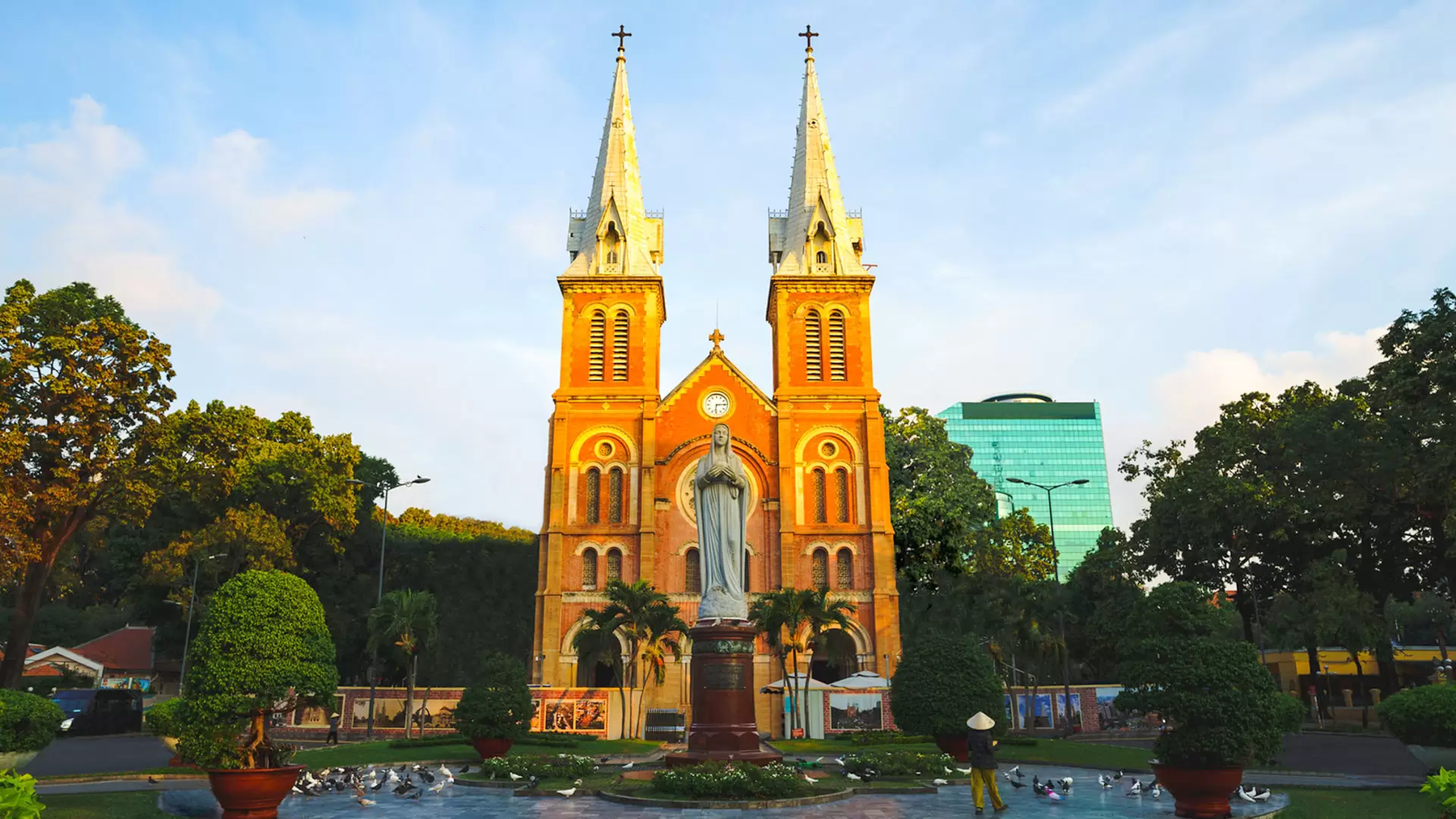
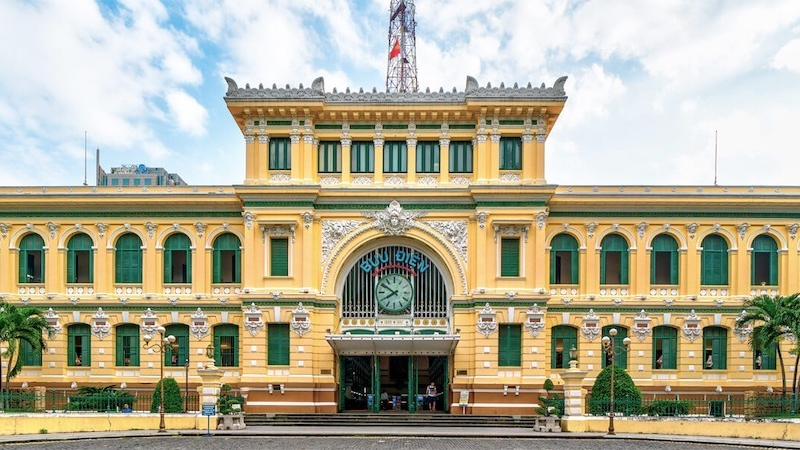
Ho Chi Minh City People’s Committee Building
This elegant yellow-and-white building once served as the French colonial town hall. Today, it houses the People’s Committee of Ho Chi Minh City. While the inside is closed to the public, its exterior remains one of the most photographed spots in Saigon, especially when lit up at night.
- Address: No. 86, Le Thanh Ton Street, Ben Nghe Ward, District 1.
Saigon Opera House (Municipal Theatre)
Opened in 1897, the Opera House features French Renaissance architecture with ornate carvings and a grand façade. In colonial times, it hosted European performances, while today it is a venue for ballet, traditional Vietnamese opera, and modern shows.
- Address: No. 07 Lam Son Square, Ben Nghe Ward, District 1.
- Opening Hours: 9:00 AM – 5:00 PM daily.
Independence Palace
Originally constructed by the French in 1868 as Independence Palace, this landmark later became the home of South Vietnam’s president. Its French colonial roots remain part of its layered history, even though it is best known for the events that ended the Vietnam War in 1975.
- Address: No. 135 Nam Ky Khoi Nghia Street, Ben Nghe Ward, District 1.
- Opening Hours: 8:00 AM – 3:30 PM daily.
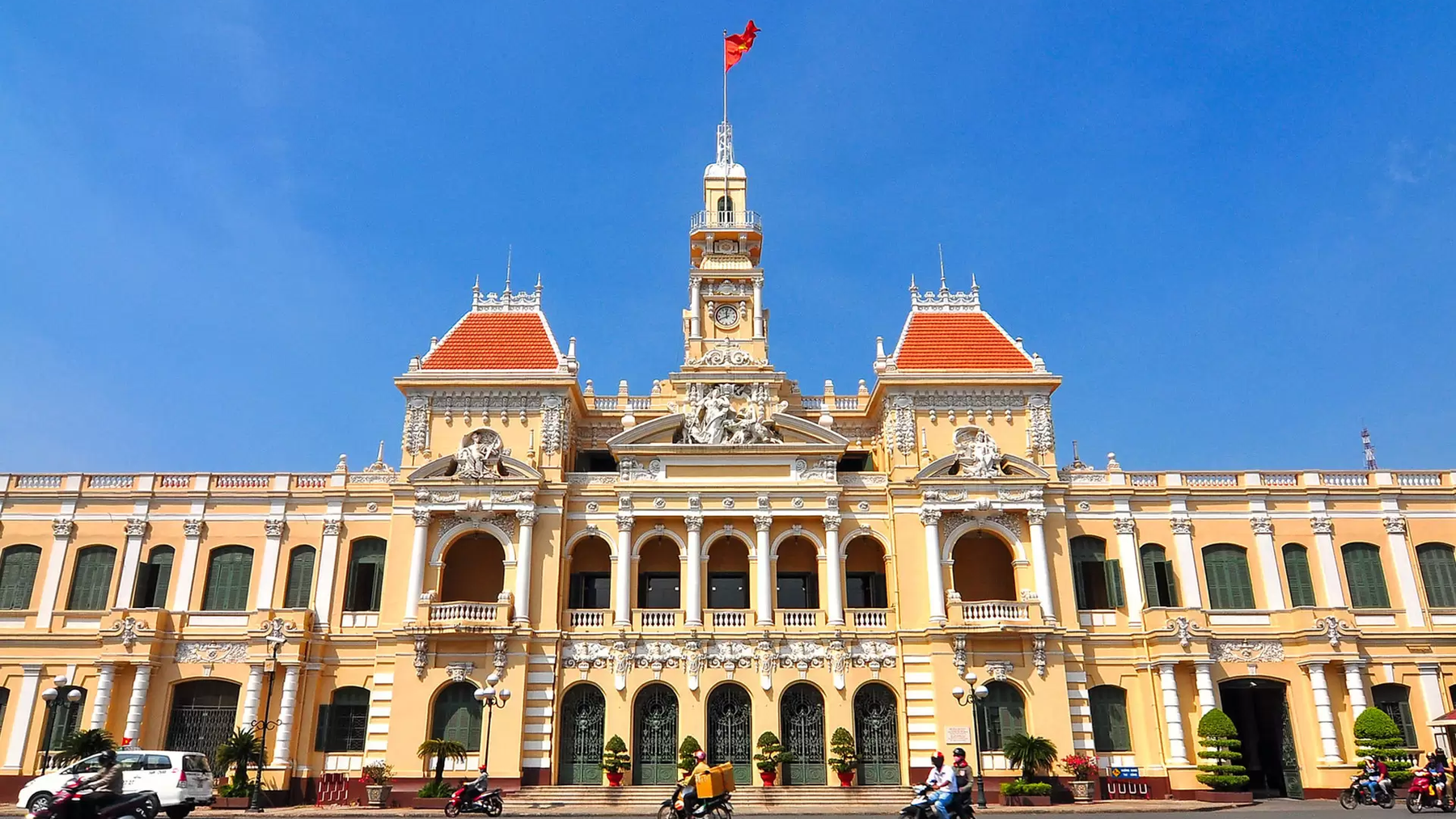
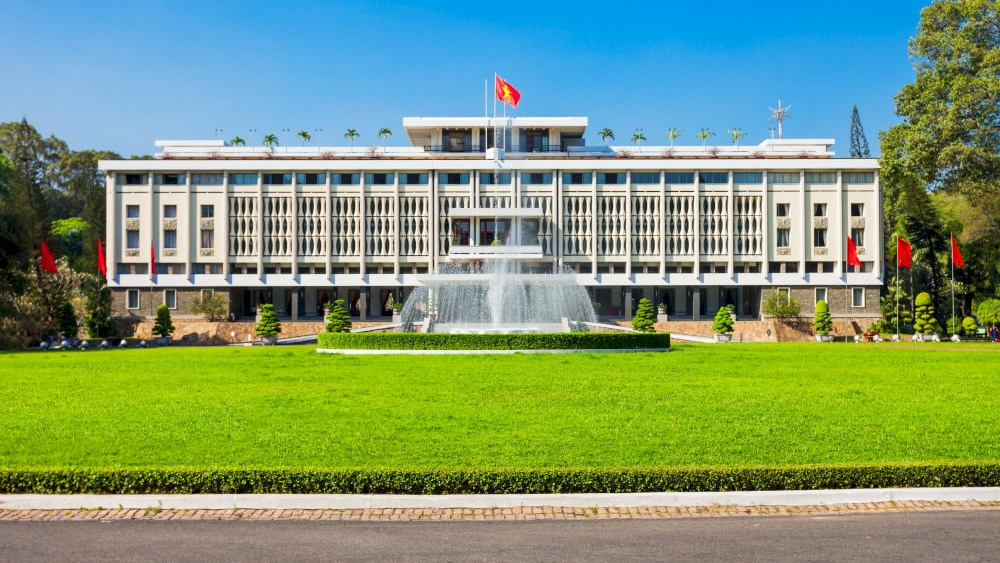
2. Exploring Colonial-Era Neighborhoods
Dong Khoi Street
Once known as Rue Catinat, Dong Khoi Street was the center of colonial Saigon’s social and cultural life. Today, it is still lined with French-inspired hotels, boutiques, and cafés. A stroll here takes you past many of the city’s most beautiful colonial buildings.
District 1 & Old French Villas
Beyond the major landmarks, Saigon hides a network of old French villas scattered throughout District 1. Some have been restored into restaurants, galleries, or shops, while others still serve as private residences, offering glimpses of the past amid modern skyscrapers.
3. French Colonial Legacy in Saigon Today
Cultural Influence
The French influence goes beyond architecture. Saigon’s café culture, bakeries, and dishes like Bánh mì and Cà phê sữa đá reflect the colonial era’s lasting impact on Vietnamese daily life.
Preservation vs Modernization
With rapid urban growth, preserving colonial landmarks is an ongoing challenge. Many buildings have been restored, while others risk being replaced by new developments. Heritage conservation efforts play a vital role in keeping Saigon’s unique character alive for future generations.
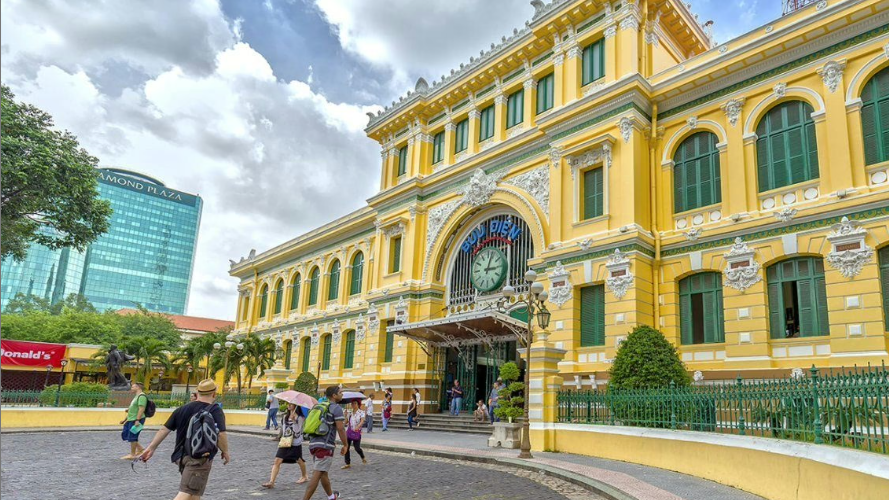

4. Tips for a Colonial Walking Tour in Saigon
- Best time to visit: Early morning or late afternoon to avoid the midday heat.
- Suggested walking route: Start at Notre-Dame Cathedral, cross to the Central Post Office, walk along Dong Khoi Street to the Opera House, and finish at the People’s Committee Building.
- Guided vs. self-guided tours: Hiring a local guide offers deeper historical insights, while a self-guided tour gives you flexibility.
French colonial heritage adds timeless charm to Ho Chi Minh City. From cathedrals to hidden villas, a walking tour reveals Saigon as a living museum of history and culture.


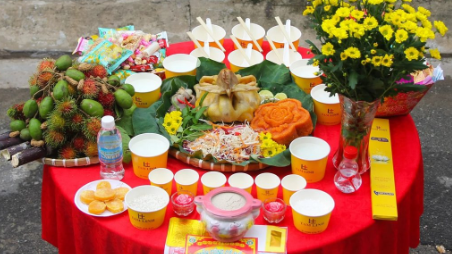
Leave a Reply